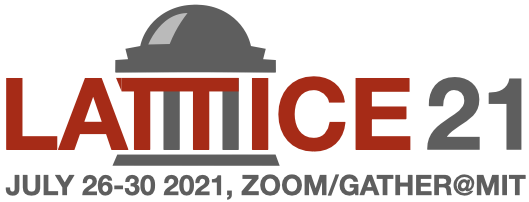Speaker
Description
In this talk, we will be looking at quantum circuits comprising parametric gates and analyze their expressivity in terms of the space of states that can be generated by a given circuit. In particular, we will be considering parametric quantum circuits (PQCs) for use in variational quantum simulations (VQS). In such a setting, the design of PQCs is subject to two competing drivers. On one hand, the set of states, that can be generated by the PQC, has to be large enough to contain the solution state. Otherwise, we may at best find the best approximation of the solution restricted to the states generated by the chosen PQC. On the other hand, the PQC should contain as few parametric quantum gates as possible to minimize noise from the quantum device. In other words, when designing a PQC we want to ensure that there are no redundant parameters.
In order to address these counteracting effects, I will introduce the notion of dimensional expressivity analysis. The main objective here is to identify independent and redundant parameters in the PQC. Using this information, superfluous parameters can be removed and the dimension of the space of states that are generated by the PQC computed. Knowing the dimension of the physical state space as well, allows us to deduce whether or not the PQC can reach all physical states.
In this talk, we will first discuss the mathematical ideas underpinning the parameter identification. Furthermore, we will discuss how to implement the dimensional expressivity analysis using a hybrid quantum-classical algorithm. This implementation has relatively small overhead costs both for the clasiscal and quantum part of the algorithm and could therefore be used in the future for on-the-fly circuit construction, i.e., allowing for optimized circuits to be used in every loop of a VQS rather than the same PQC for the entire VQS.




